The Edgy 'Grunge' Aesthetic Is Making a Comeback, and Here's How to Channel It Through Your Interiors
Maybe it doesn't need to be just a phase... While subversive at its core, the grunge movement can manifest itself as practical, stylish, and refined
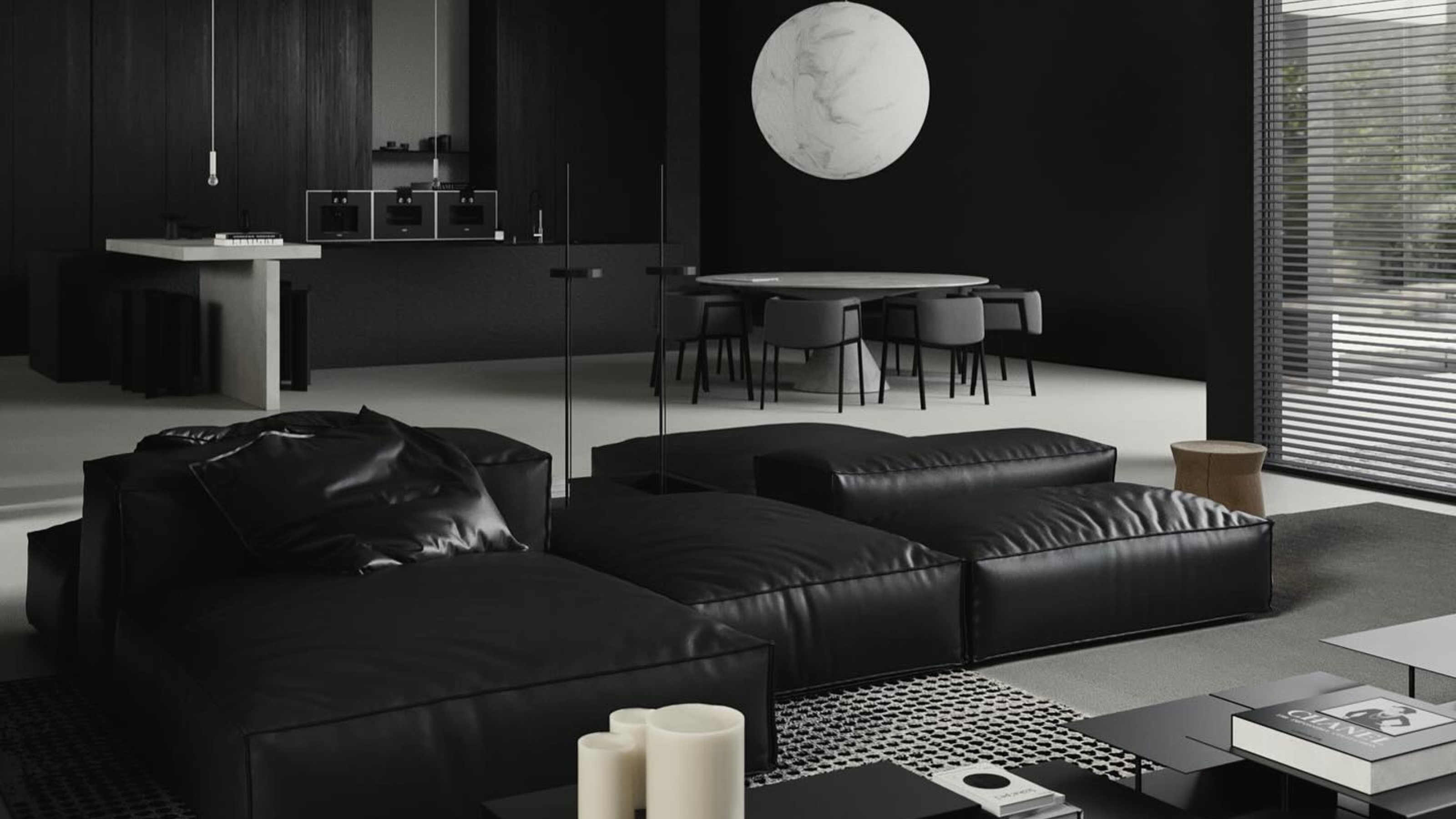

When you read the word 'grunge', what comes to mind? Perhaps it's rock bands like Pearl Jam or Nirvana, and the subculture that surrounds them. Maybe it's leather jackets, studded belts, and distressed clothing. I'm willing to be that it certainly doesn't make you think of interior design, but what if it did?
Interior design trends are often inspired by other creative fields, like fashion and film. It shouldn't come as a shock, then, that a movement like grunge could manifest itself into a home design style of its own.
After seeing the recent Fall Winter 2025/26 runways, where labels like Isabel Marant and Jil Sander debuted edgy designs in dark colors, rough materials, and styles that go against the grain, it got me thinking: if they can make it look good, can interiors also 'look grunge' in a modern way, while still maintaining that essential edginess?

Fashion brand Jil Sander debuted grunge-inspired looks on the Fall Winter 2025/26 runway.
According to Cher Lin, the lead designer and creative director for Studio Metanoia, they absolutely can. Cher adds that grunge style can be "artfully integrated into home interiors by harmonizing raw, unconventional elements with refined design principles." So, let's dive into how.
Grunge style can often feel quite like Brutalist interiors due to its 'anti-institution' ethos that trickles down to the use of more non-traditional materials. Concrete, metal, and wood are therefore quite common in grunge interior style.
"Embracing imperfect elements like concrete floors and walls with rough textures emphasizes raw authenticity over polished finishes," adds Cher.
But what makes this aesthetic so alluring? Grunge interiors are different, distinctive, and highly personal. According to Cher, grunge interiors act as an outlet for an individual to "express their personality and embrace a non-conformist attitude."
Further to that, they're not just visually striking, "but also rich in character and storytelling, reflecting a sense of authenticity and individuality," she says.
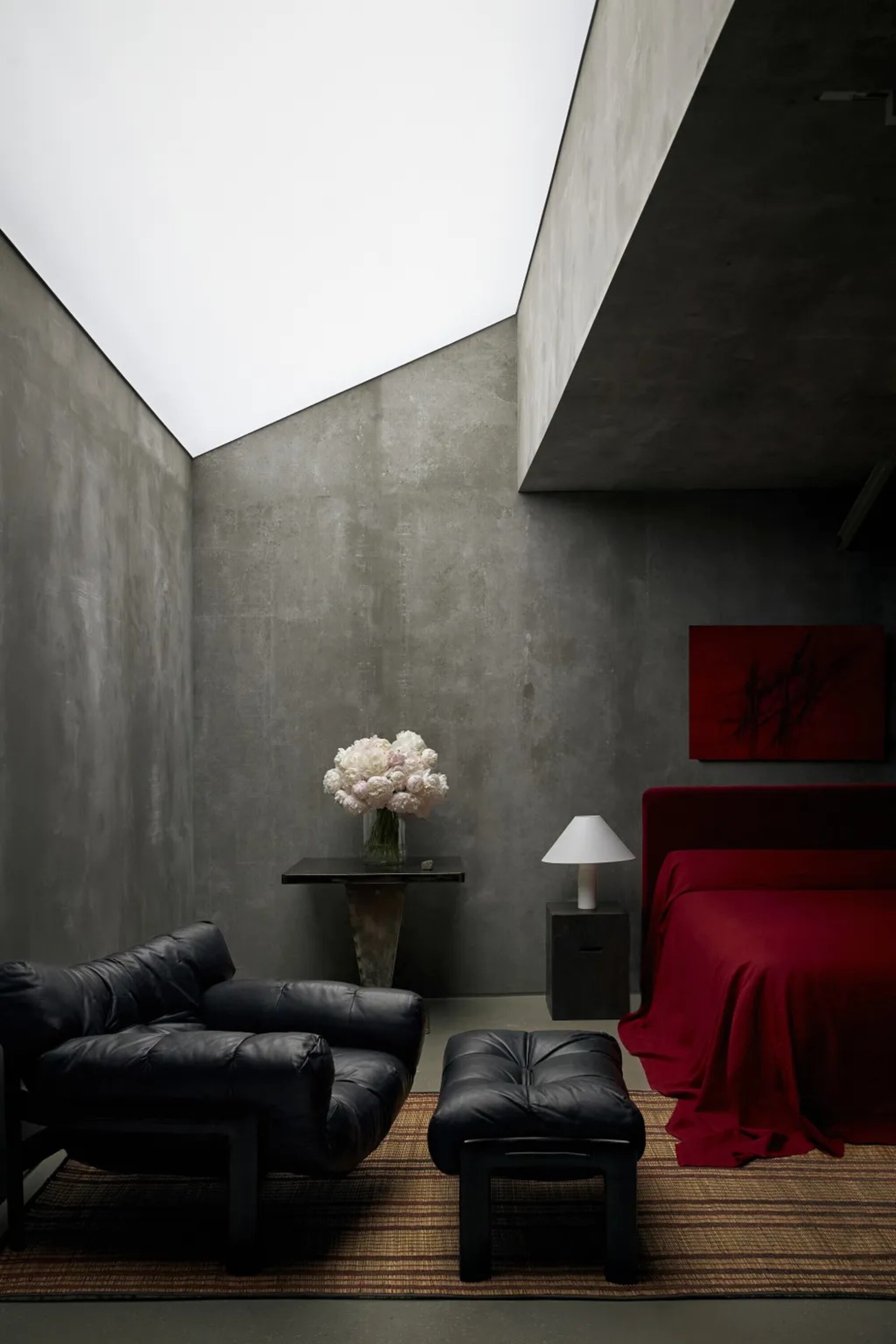
Grunge interior style combines unconventional materials with elevated design principles to create a visually appealing yet distinctive spaces.
Key Features of a Grunge Interior
Rooted in subversion and non-conformity, the grunge aesthetic in home decor offers a unique way to express rebellion through design. However, even the most unconventional or rugged aesthetics should still have a little refinement, right? So how do you find the balance?
I asked Cher, and she said the key to achieving a 'grunge' space that still feels sophisticated is all about tapping into minimalism in your interior design. "To modernize these styles while preserving their unique character, consider embracing minimalist principles to avoid visual clutter," she says. Focus on simplicity, clean lines, and a monochromatic color palette to make the space visually appealing.
When it comes to color, dark tones tend to reign supreme in a grunge aesthetic. "A darker, moody palette consisting of black, charcoal, and gray is often featured in edgy, grunge interiors," Cher says.
However, because of this heavy use of dark colors, she emphasizes the need to layer with materials and textures. "To avoid a flat, single-plane aesthetic, materials such as leather, metal, and distressed wood can be layered to introduce textural dimensions and a rebellious character to the environment," she adds.
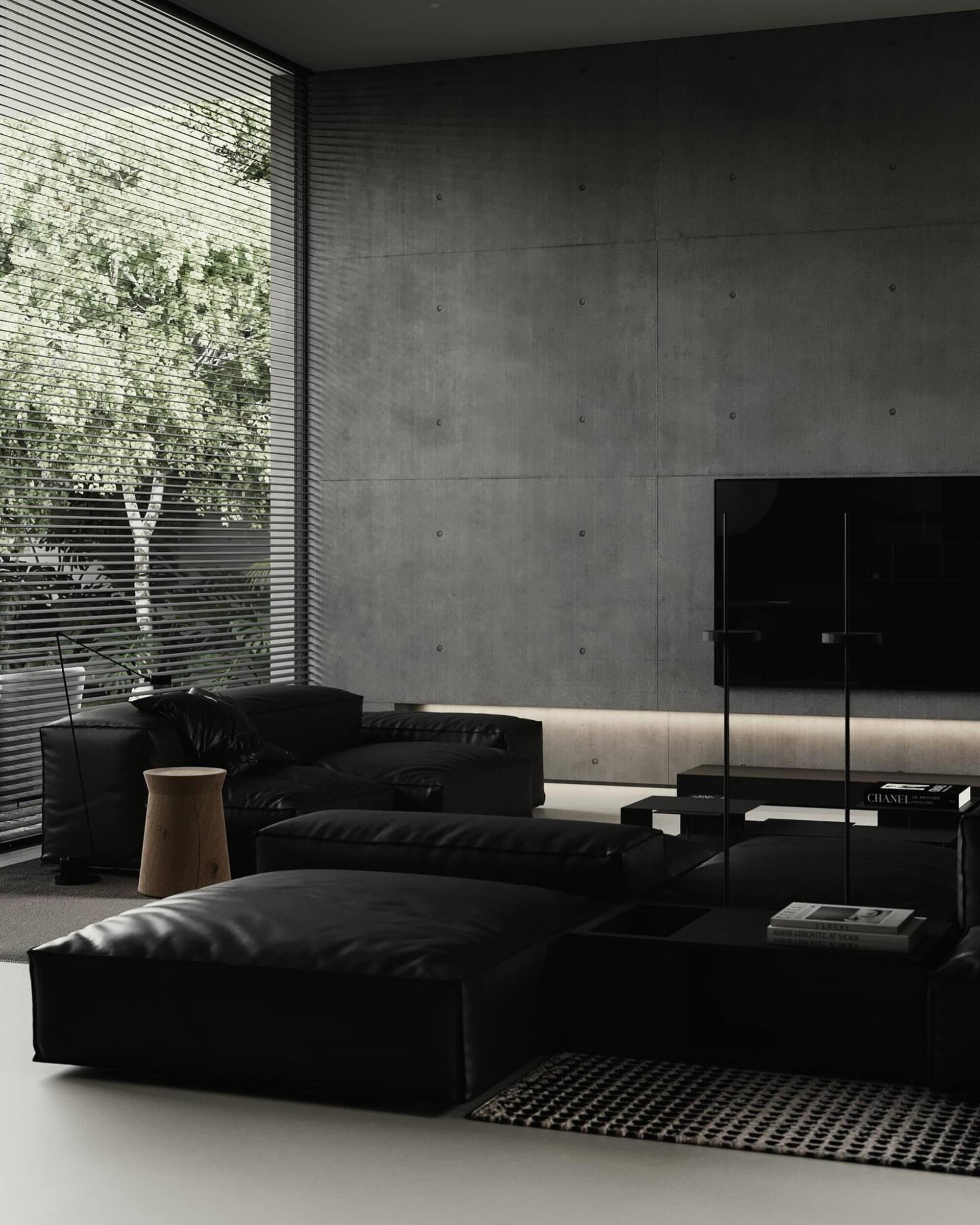
It's important to adopt minimalist principles in grunge interior style. This can help make a room feel refined while still maintaining the edginess of the grunge aesthetic.
Furnishings in grunge interiors should reflect the balance between classic and modern, as well as between edgy and refined. "Blending edgy elements with contemporary or classic pieces creates a curated look," Cher says.
As for small decor, think of the musical manifestation of the grunge aesthetic as your inspiration. "Art and memorabilia like posters, vinyl records, or DIY art that reflect grunge and punk culture contribute to an authentic and personalized atmosphere," she adds.
And of course, since grunge interiors can lean a bit dark, focus on statement lighting that can really make the space feel complete. "Industrial fixtures or bold designs can enhance the edgy ambiance," Cher says.
With these ideas in mind, you're ready to break the rules and take the grunge aesthetic into your home. Below, find nine products that demonstrate the rebellious nature of grunge interior style.
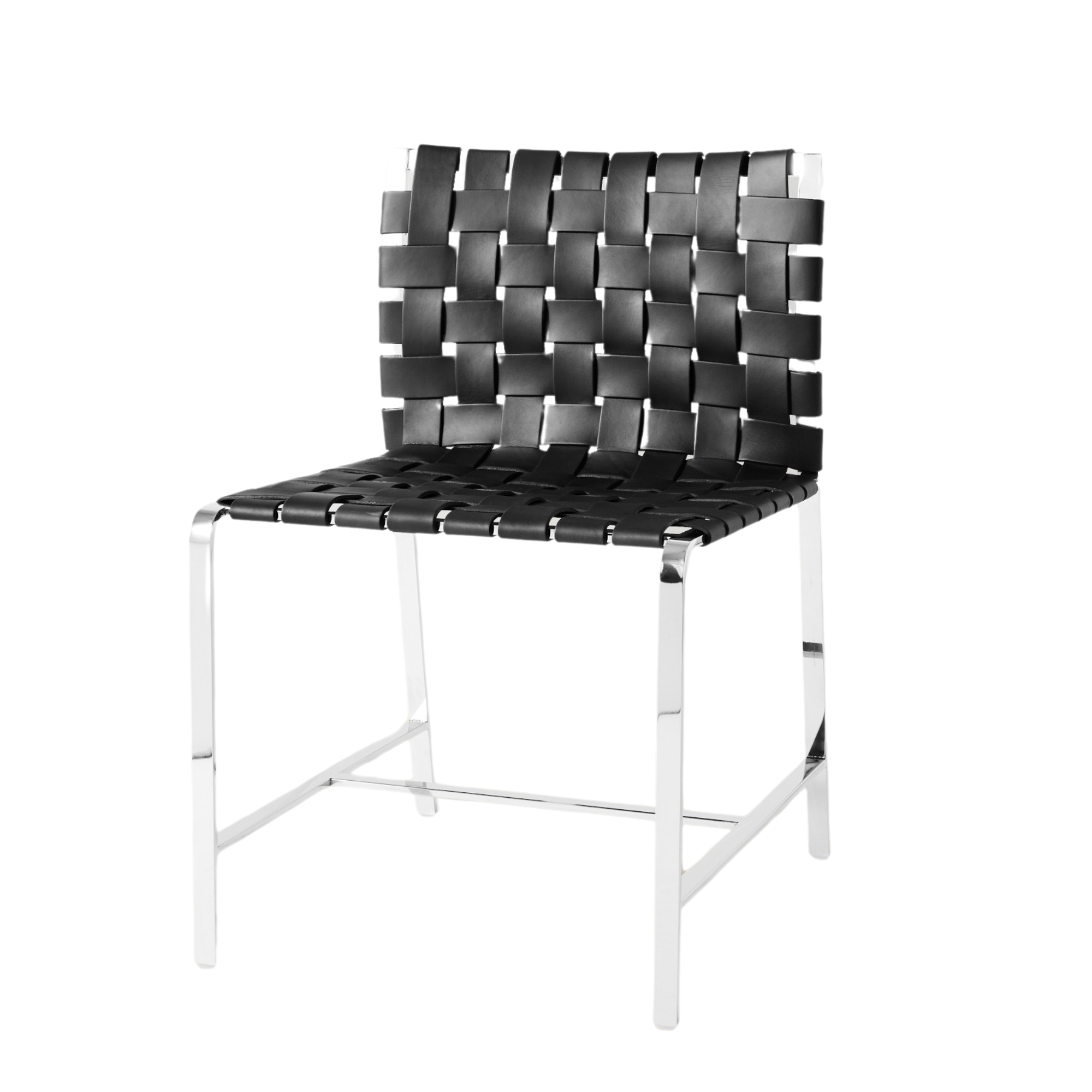
Price: $399.99, Was: $995
Between the black leather, stainless steel frame, and the woven seat style, this accent chair is the perfect representation of grunge design. It's different, intriguing, and feels somewhat rough around the edges. Plus, it's woven design echoes a lighter texture that feels necessary for a room filled with dark features.
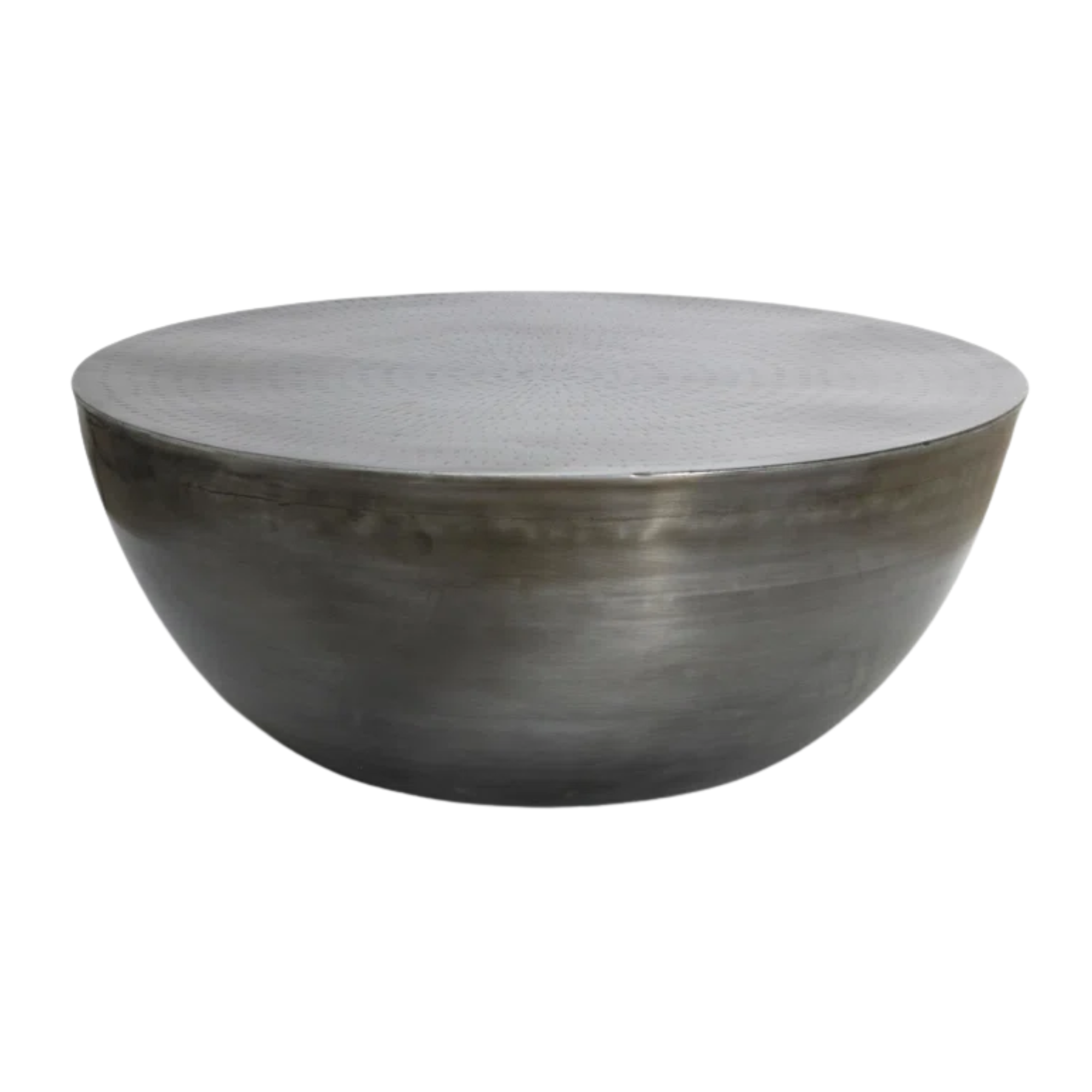
Price: $399, Was: $499
While grays and blacks are common in grunge design, it's important to create visual layers with varying shades and unique textures. This coffee table is finished in a gunmetal gray shade and features indentations on the surface, which both feel fitting for a grunge interior.
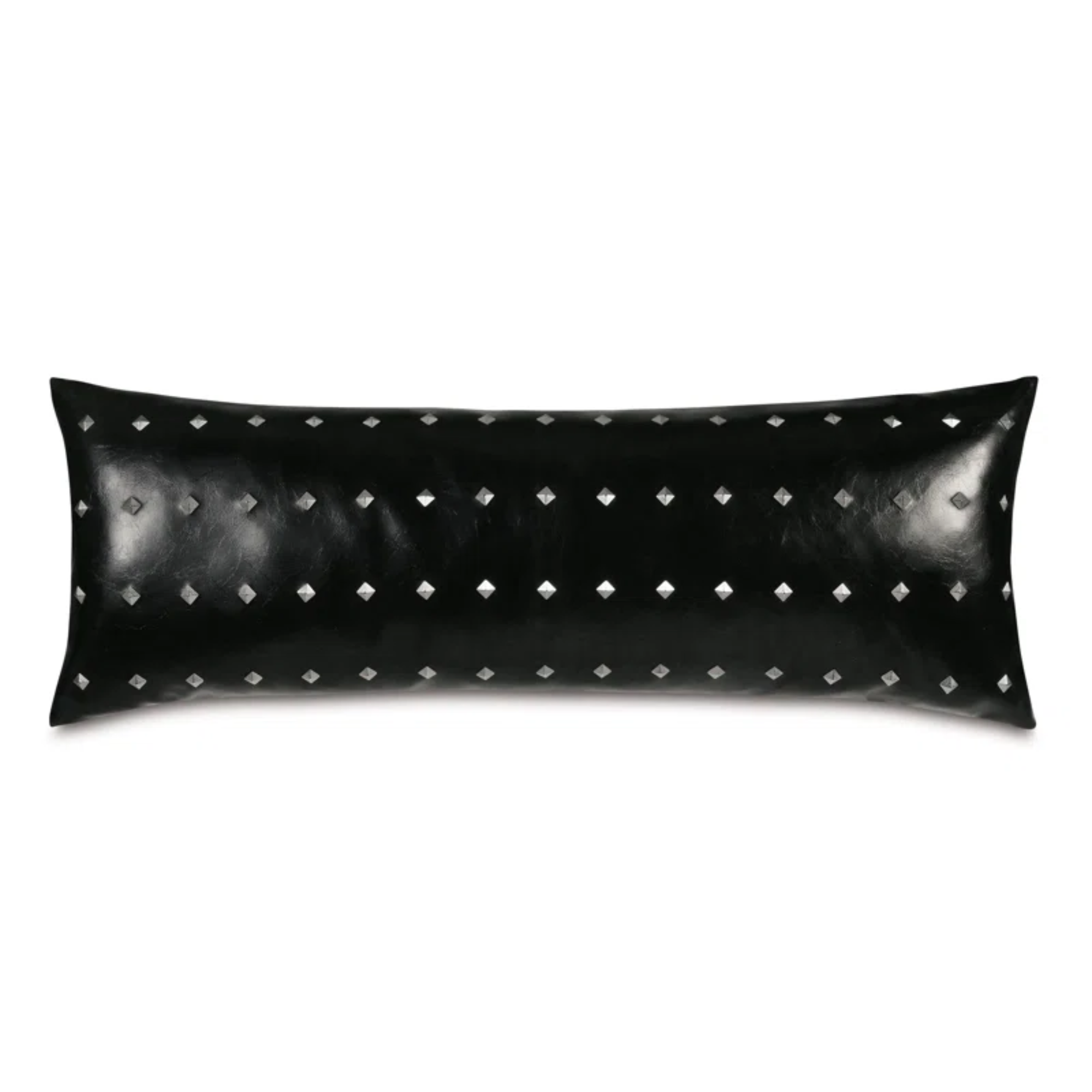
Price: $305
What is grunge without the studs? I don't know about you, but studs evoke a visceral reaction reminding me of fashion trends of the 2010s, so I can only handle them in small doses. But, much to my surprise, studs can be tasteful, and this pillow proves it.
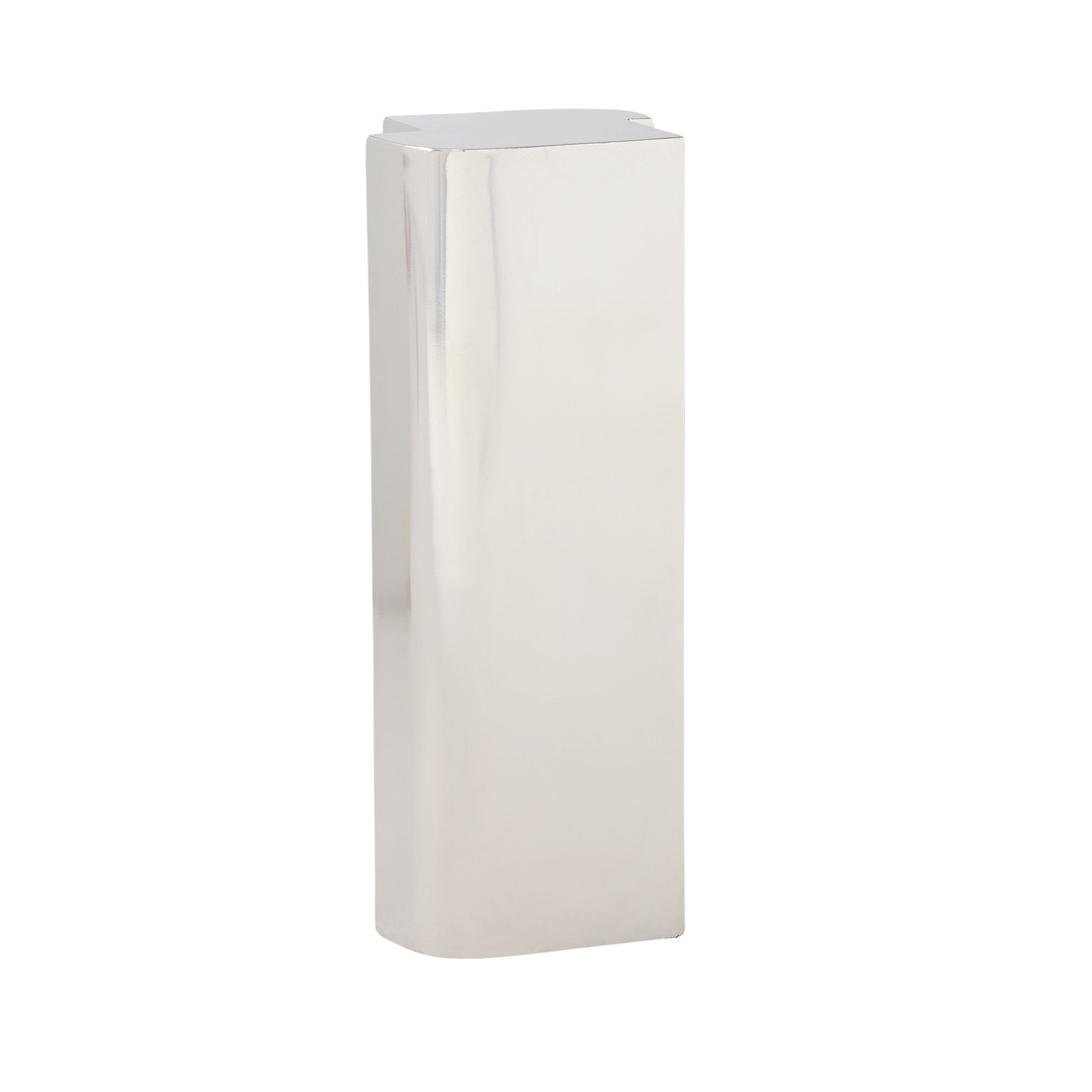
Price: $149
Even small furnishings can add to the overall aesthetic of a grunge-inspired room. This drink table is tiny, but in a way, becomes a big statement because of its metallic finish and asymmetrical frame. Plus, if you have a small living room but still want to achieve the grunge look, this table will be perfect for you.
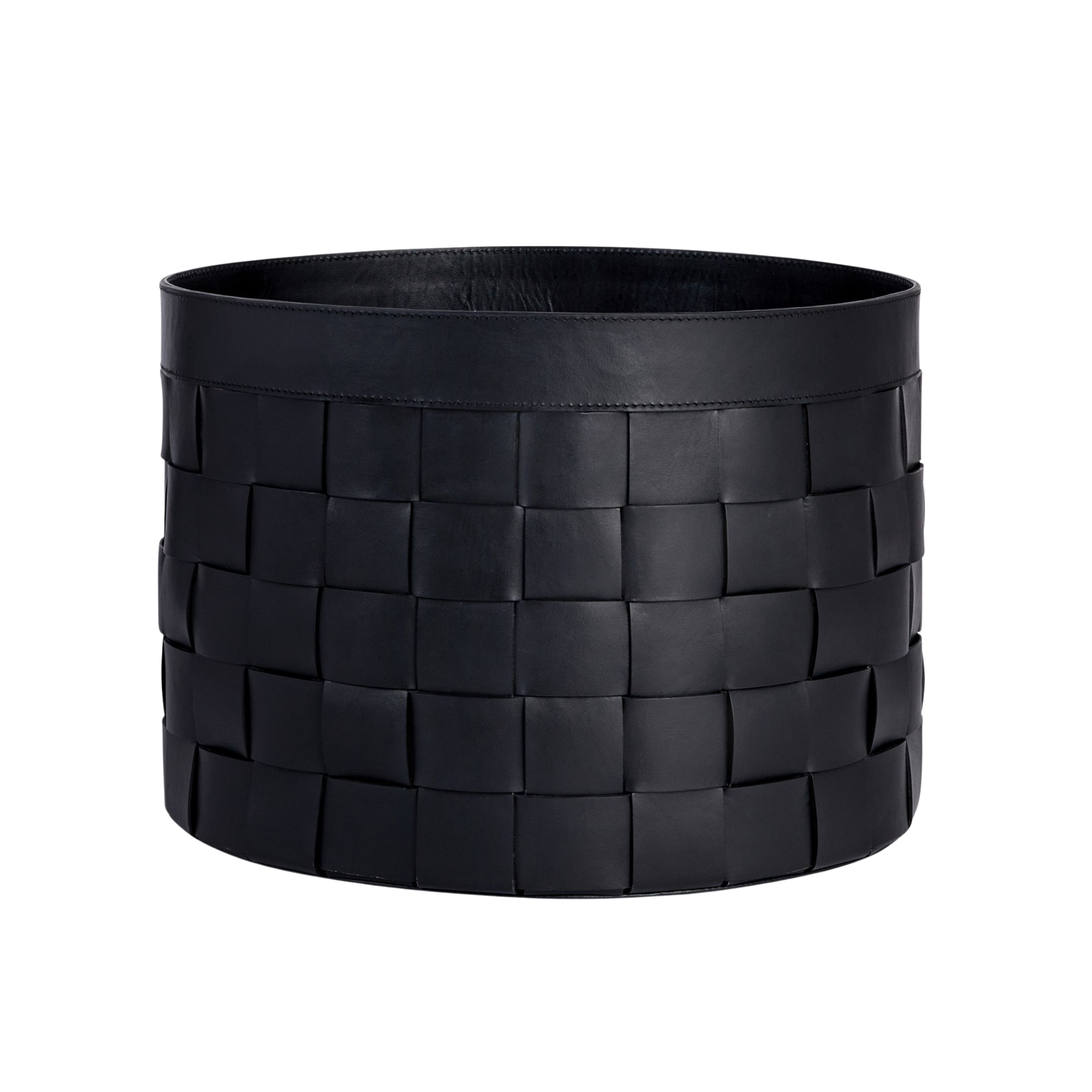
Price: $199
If you're not sure if the grunge aesthetic is for you, test the waters with a piece of decor that isn't inherently grunge. This woven basket could easily become a feature in a modern living room of any style. But because of its dark color, leather, and woven texture, it could add to the grunge look of a home.
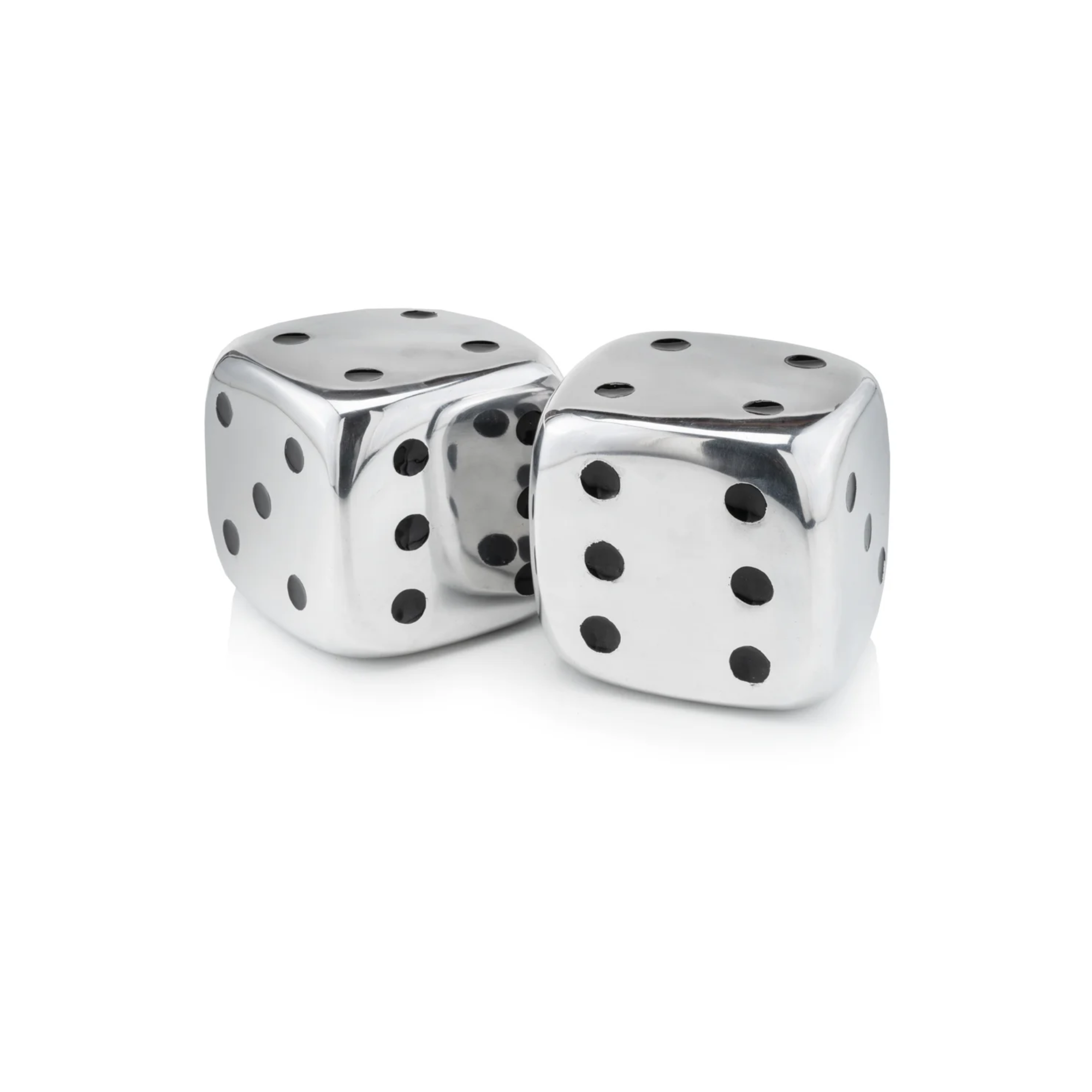
Price: $76.64/set of 2
Small table decor must never be overlooked! It's these little details that can really make a space feel whole or complete. Adding a set of dice in your home can give way to the edgy and grunge aesthetic because of their metallic, industrial look. And at their core, dice are unpredictable — which is fitting for the grunge aesthetic and its relation to rebellion and anti-conformity.
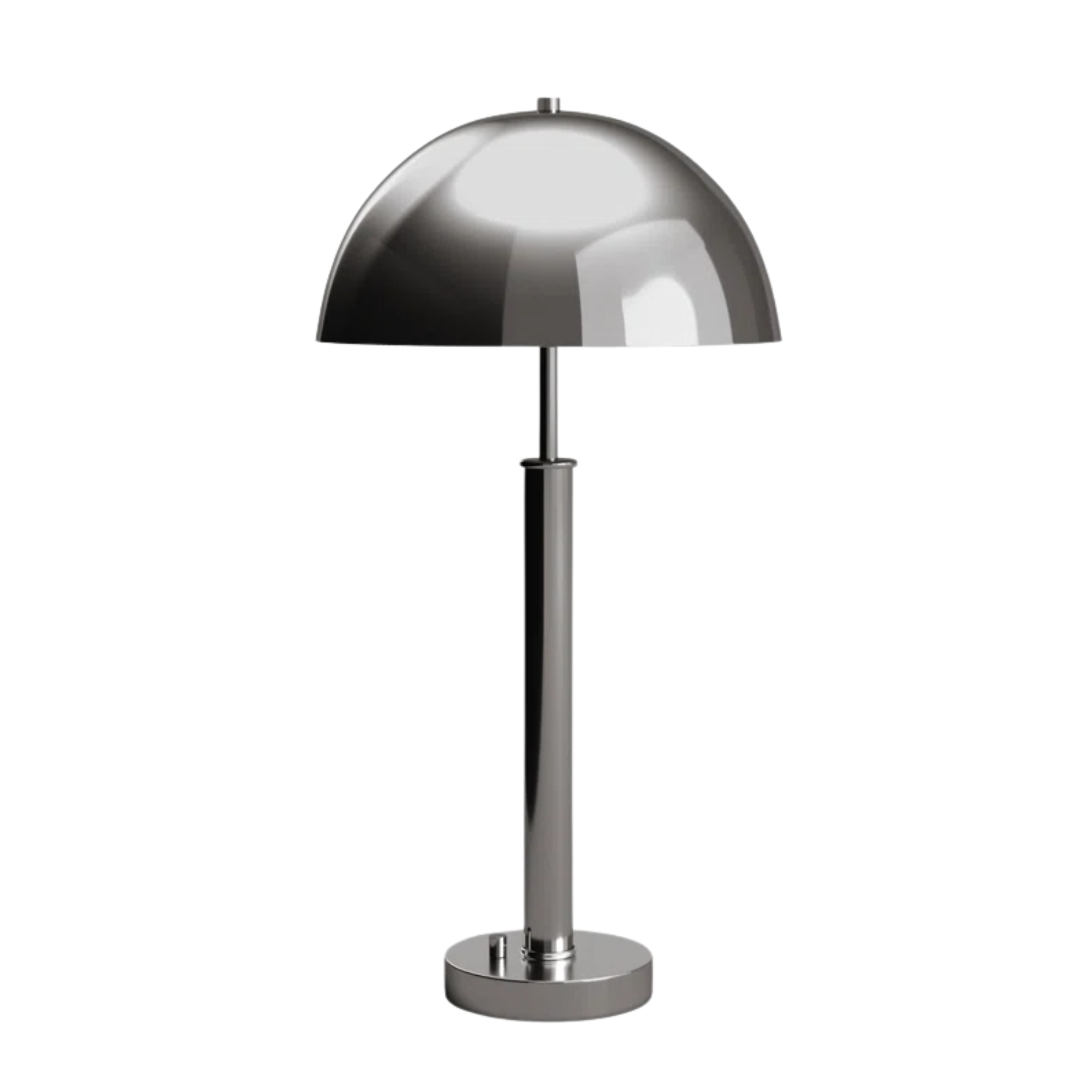
Price: $199, Was: $289
Cher mentioned that lighting is a crucial element in developing a grunge-style interior. Since these spaces tend to look rather dark, incorporating unique light sources such as small table lamps like this one can bring brightness into the room. Plus, it looks so sleek and elegant thanks to its metallic finish.
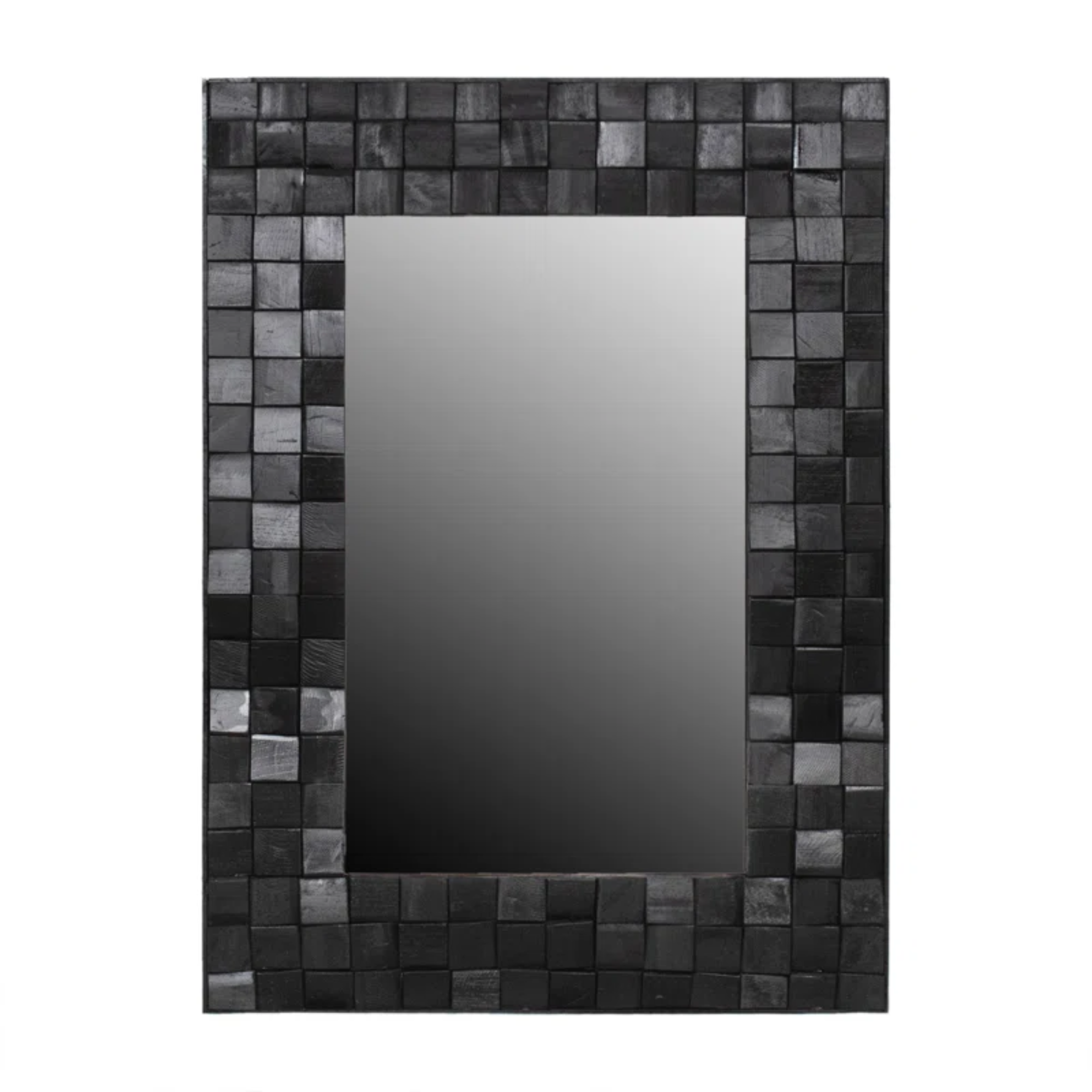
Price: $237.99
While metal and leather are common materials in grunge interior style, wood can also play a role in developing the space. This mirror uniquely demonstrates how wood can be used in a way that looks different and feels somewhat edgy. Composed of multiple black and gray-washed wooden squares, this mirror is fitting for a grunge interior through its color, material, and overall style.
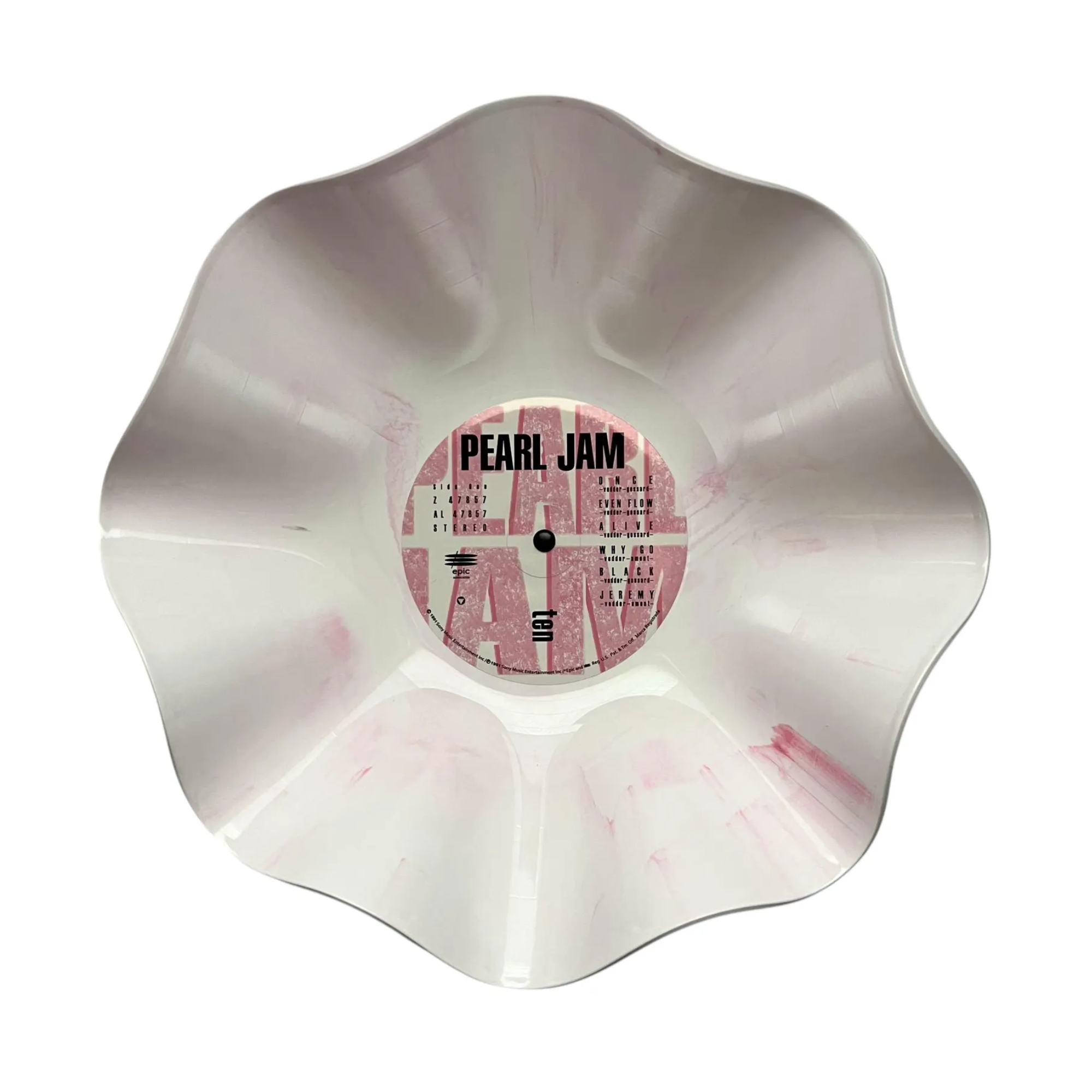
Price: $29.99
The grunge aesthetic developed from music trends of the 1980s and 1990s, so I'd be remiss if I didn't include a music reference. Pearl Jam is one of the key bands in the grunge aesthetic, and therefore, a Pearl Jam vinyl can become an essential part to a grunge-inspired interior. This is a vinyl bowl of the band's debut album — which could function as the perfect entryway catchall.
Grunge interiors feature lots of dark colors, and while decorating with black can make a space look sophisticated, the color can also feel very heavy.
That's why it's crucial to work out how to create dark color schemes that aren't overwhelming, but instead feel intentional, cozy, and inviting.
Be The First To Know
The Livingetc newsletters are your inside source for what’s shaping interiors now - and what’s next. Discover trend forecasts, smart style ideas, and curated shopping inspiration that brings design to life. Subscribe today and stay ahead of the curve.

Devin is a New York-based Style Editor for Livingetc who is keen on all aspects of personal style. From a young age, she was drawn to the design world, whether that was taking sewing classes in her hometown, or flipping through the pages of her mother’s interior design magazines. She spent hours on end watching HGTV home improvement and design programs, often sharing her opinions as if the TV could hear her.
After graduating from Villanova University with a BA in Communication and Spanish Language Studies, Devin moved to Paris, France to pursue her Master’s Degree in Fashion Studies at Parsons. It was here she refined her love for style in every sense of the word. While there to study fashion, living in Paris allowed Devin to fall in love with interior style. She grew fond of the city’s mix of both classic and contemporary designs that felt intentional and personal.
After moving back to the United States, Devin worked at Tom Ford and later Cosmopolitan Magazine. She loves sharing design choices with her readers, from explaining how to incorporate trends into interior spaces to sourcing the best products for your home. Devin believes style should be inclusive, exciting, and at its core, fun.
-
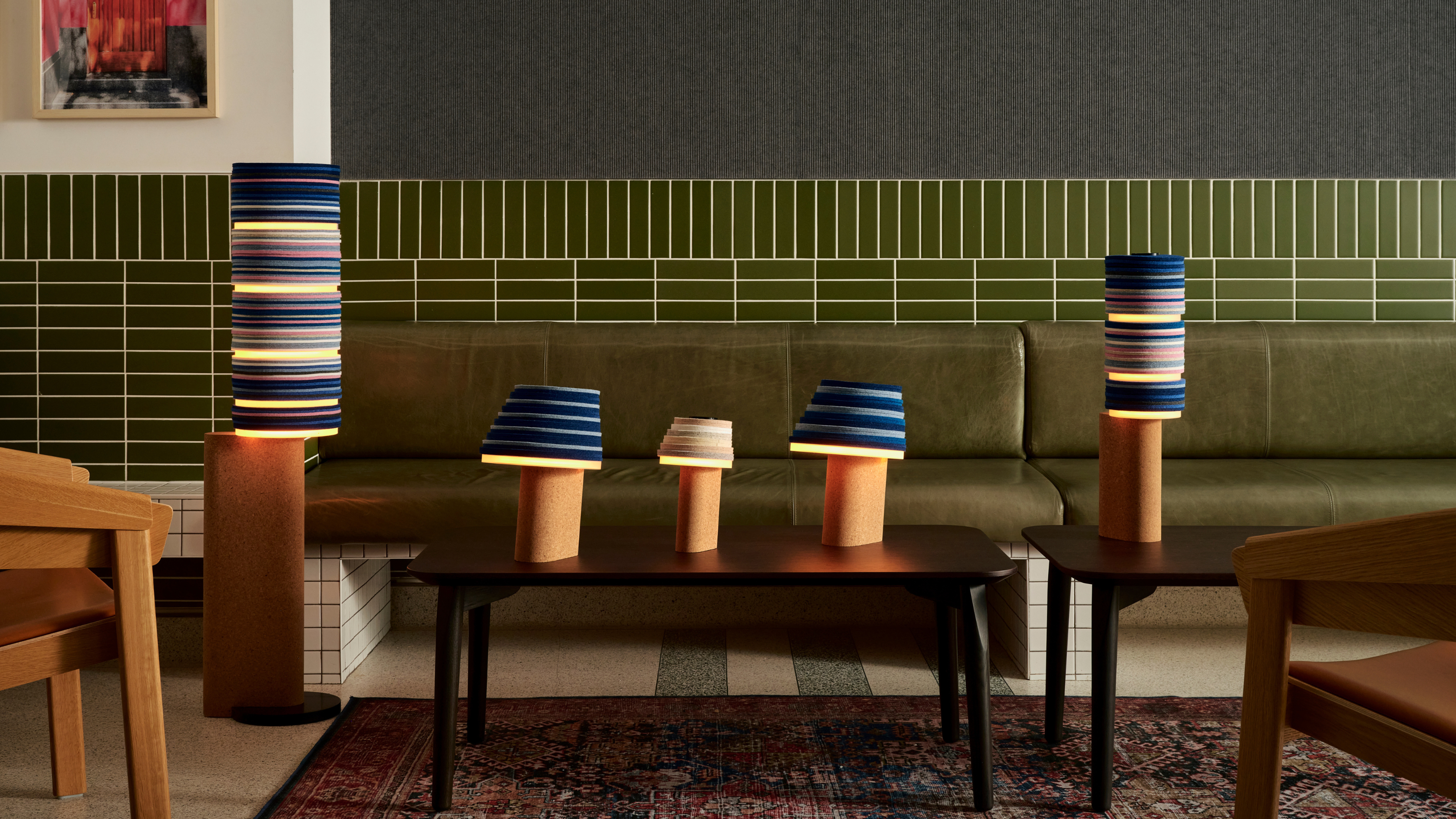 7 Sustainable Product Designs That Are Setting the Agenda for Environmentally-Conscious Homes in 2025
7 Sustainable Product Designs That Are Setting the Agenda for Environmentally-Conscious Homes in 2025From pillows made from textile waste to sanitaryware made in the world's first electric kiln, these brands are revolutionizing sustainable design — for the better
By Devin Toolen
-
 NYC's New Rules Forced Me to Find a Chic Compost Bin — Here's 7 Options Significantly Cheaper Than the $300 Fine
NYC's New Rules Forced Me to Find a Chic Compost Bin — Here's 7 Options Significantly Cheaper Than the $300 FineComposting is now mandatory in NYC. Here’s how to do it stylishly
By Julia Demer
-
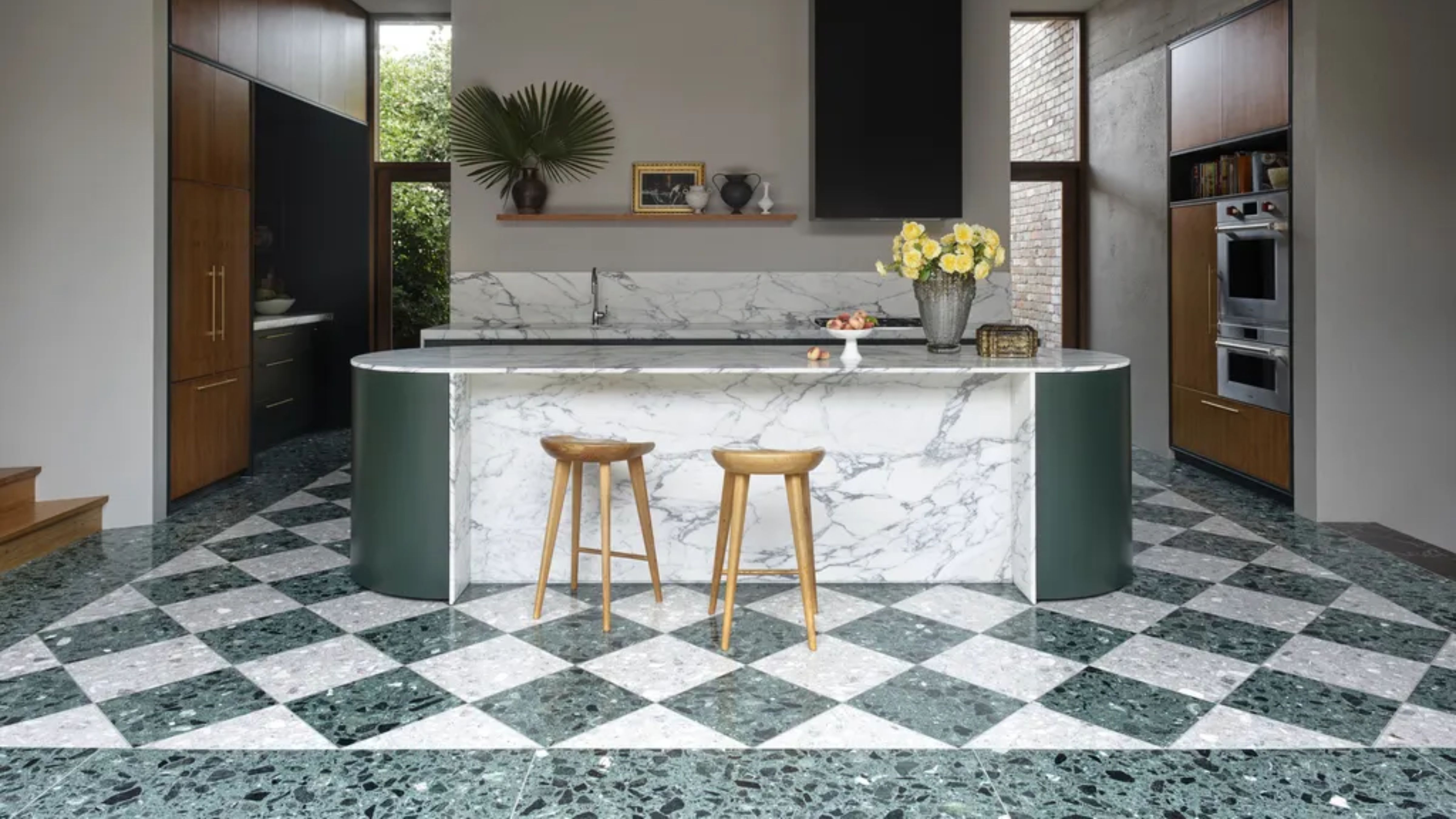 Smeg Says Teal, and We’re Listening — The Kitchen Shade of the Year Is Here
Smeg Says Teal, and We’re Listening — The Kitchen Shade of the Year Is HereDesigners are already using the soft, sea-glass green everywhere from cabinetry to countertops
By Julia Demer
-
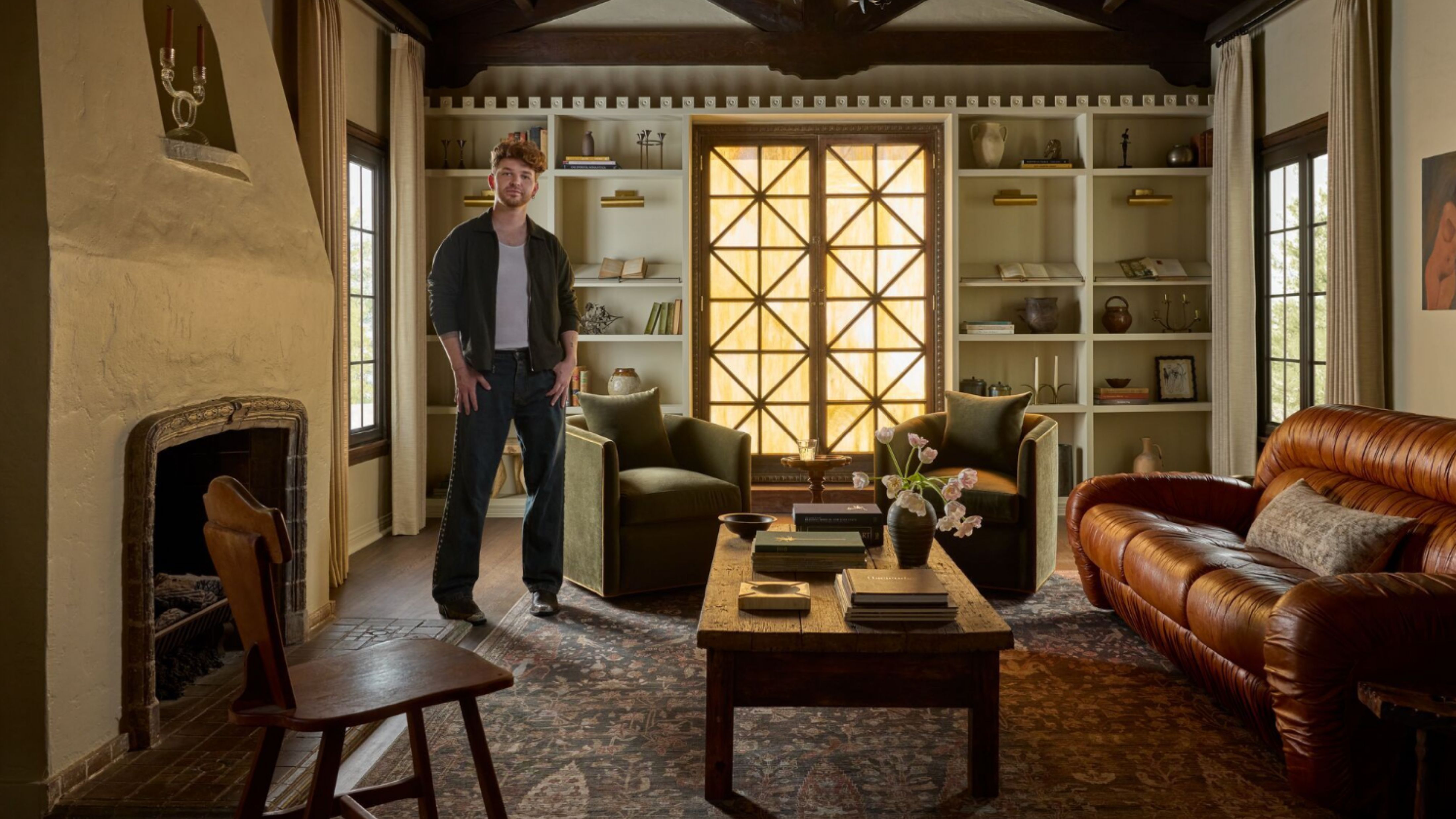 Lone Fox's Drew Michael Scott Drops a Vintage Capsule with Joon Loloi (and Some Seriously Good Tips for Thrifting Antiques)
Lone Fox's Drew Michael Scott Drops a Vintage Capsule with Joon Loloi (and Some Seriously Good Tips for Thrifting Antiques)Sourced straight from one of the world's biggest antique shows, Drew shares how to stay sane, cut through the noise, and score what you actually want
By Julia Demer
-
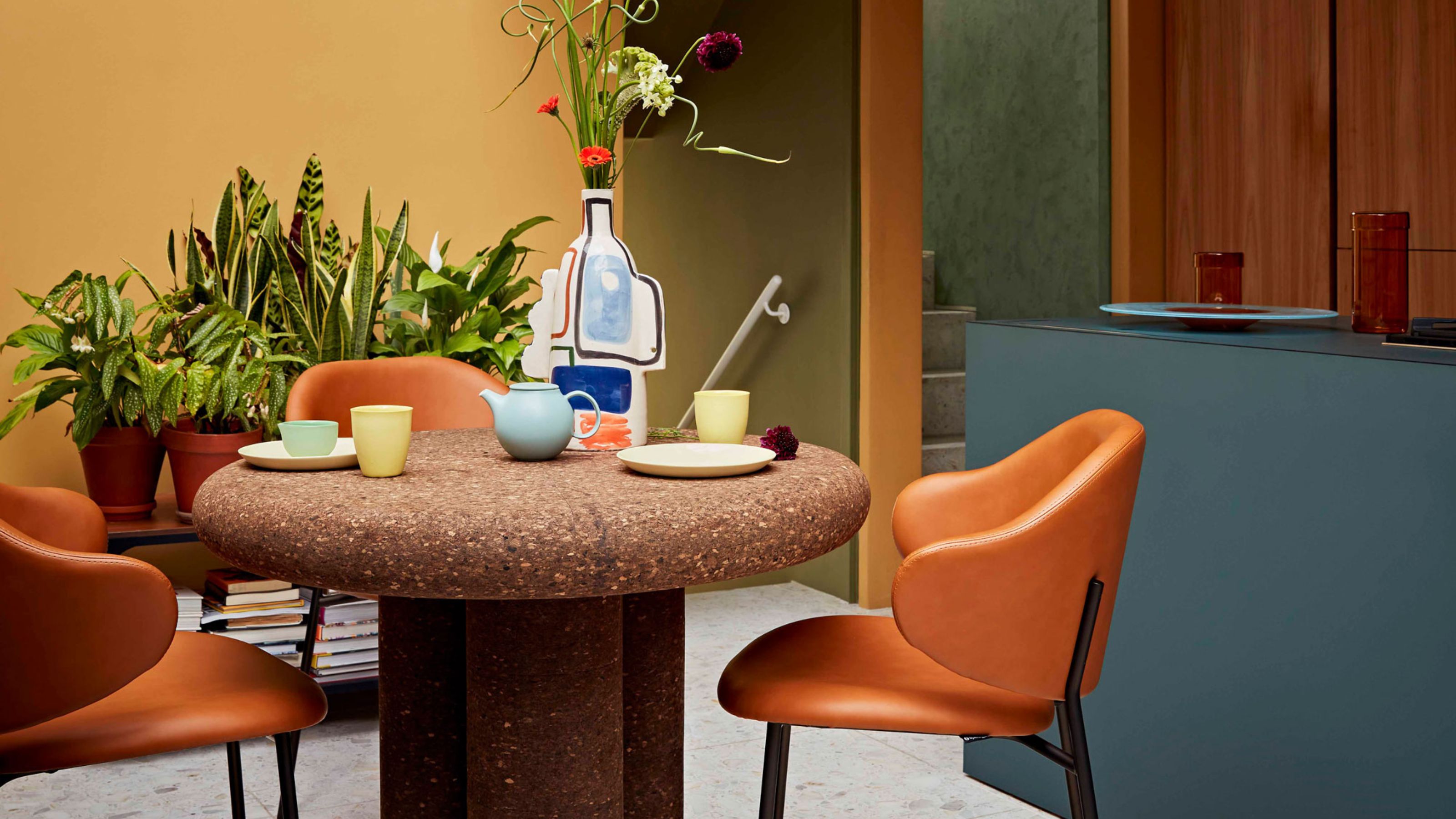 Cork Is the Cool, Sustainable, and Surprisingly Chic Material We Can't Stop Furnishing With Right Now
Cork Is the Cool, Sustainable, and Surprisingly Chic Material We Can't Stop Furnishing With Right NowIn honor of Earth Month, we’re toasting to cork... furniture, that is
By Julia Demer
-
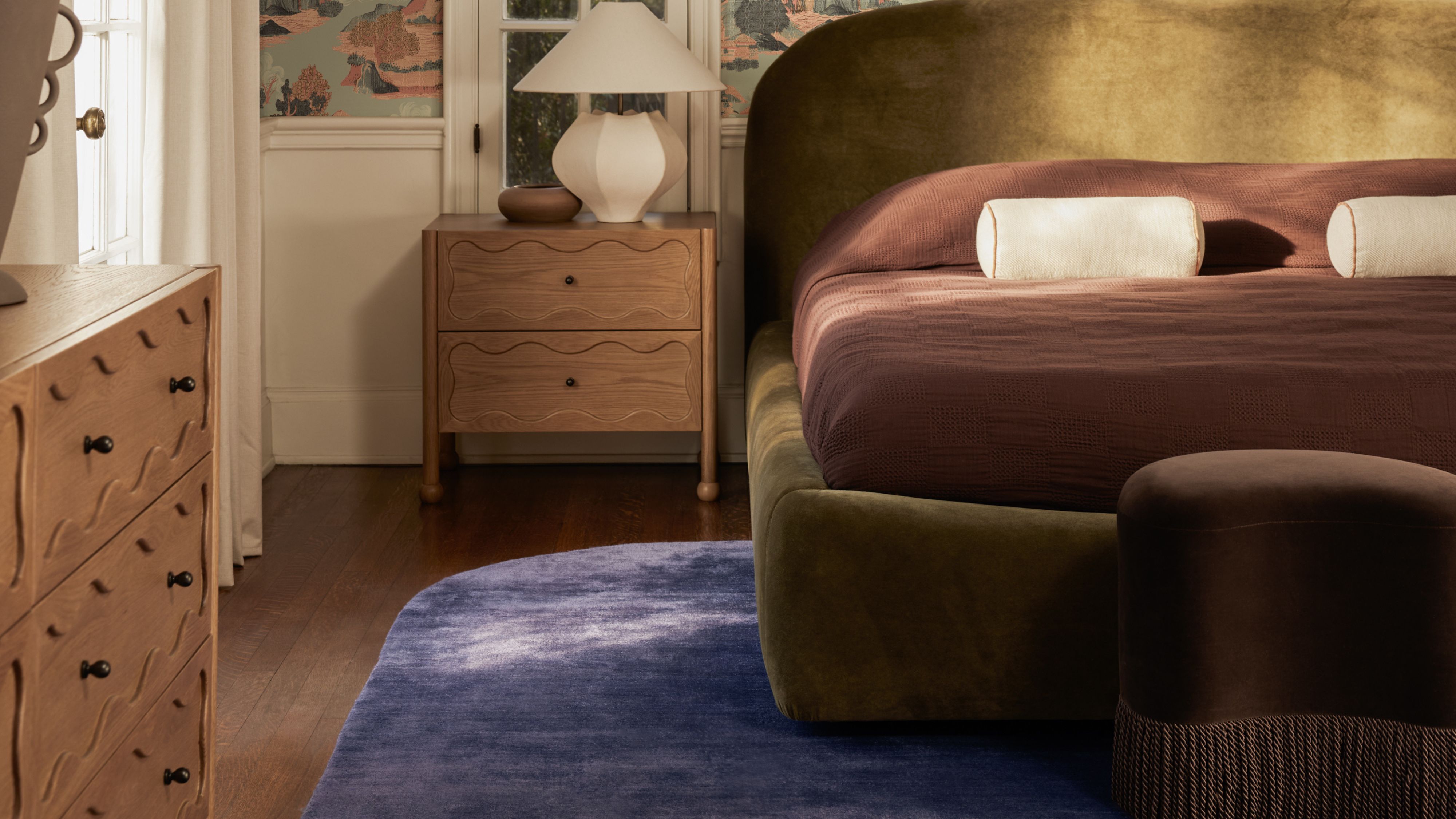 Is This Shocking Purple the New Shade of Spring? Aimee Song Seems to Think So
Is This Shocking Purple the New Shade of Spring? Aimee Song Seems to Think SoHer new Lulu and Georgia collection captures the eye of a front-row fashion fixture — and makes a compelling case for coloring outside the lines
By Julia Demer
-
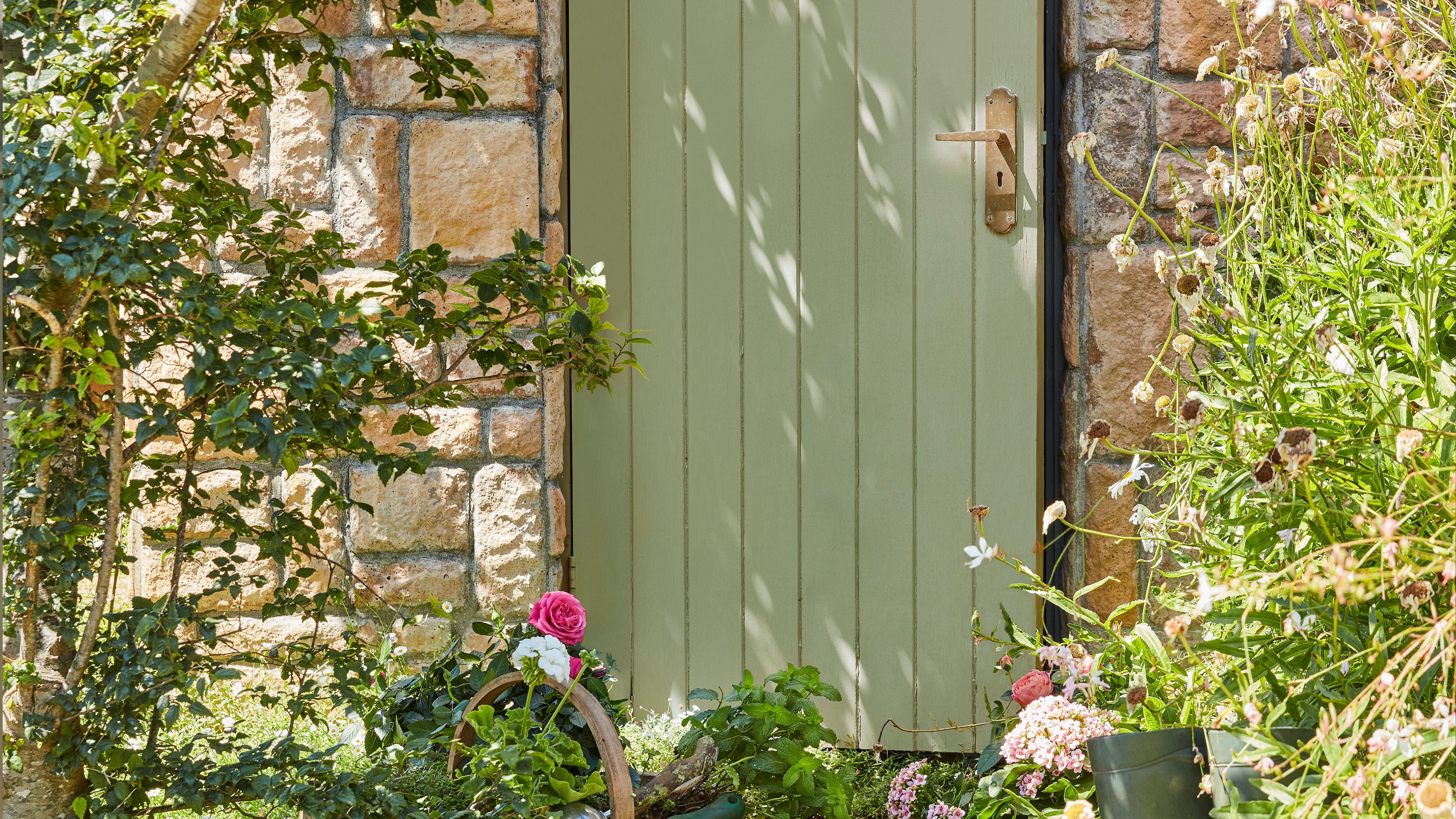 Exterior Paint Trends for 2025 Are Surprisingly Timeless — And Little Greene’s Colorful Outdoor Collection Proves It
Exterior Paint Trends for 2025 Are Surprisingly Timeless — And Little Greene’s Colorful Outdoor Collection Proves ItNatural greens, softened blacks, and heritage blues — Little Greene’s outdoor range proves that when it comes to curb appeal, classic never fades
By Julia Demer
-
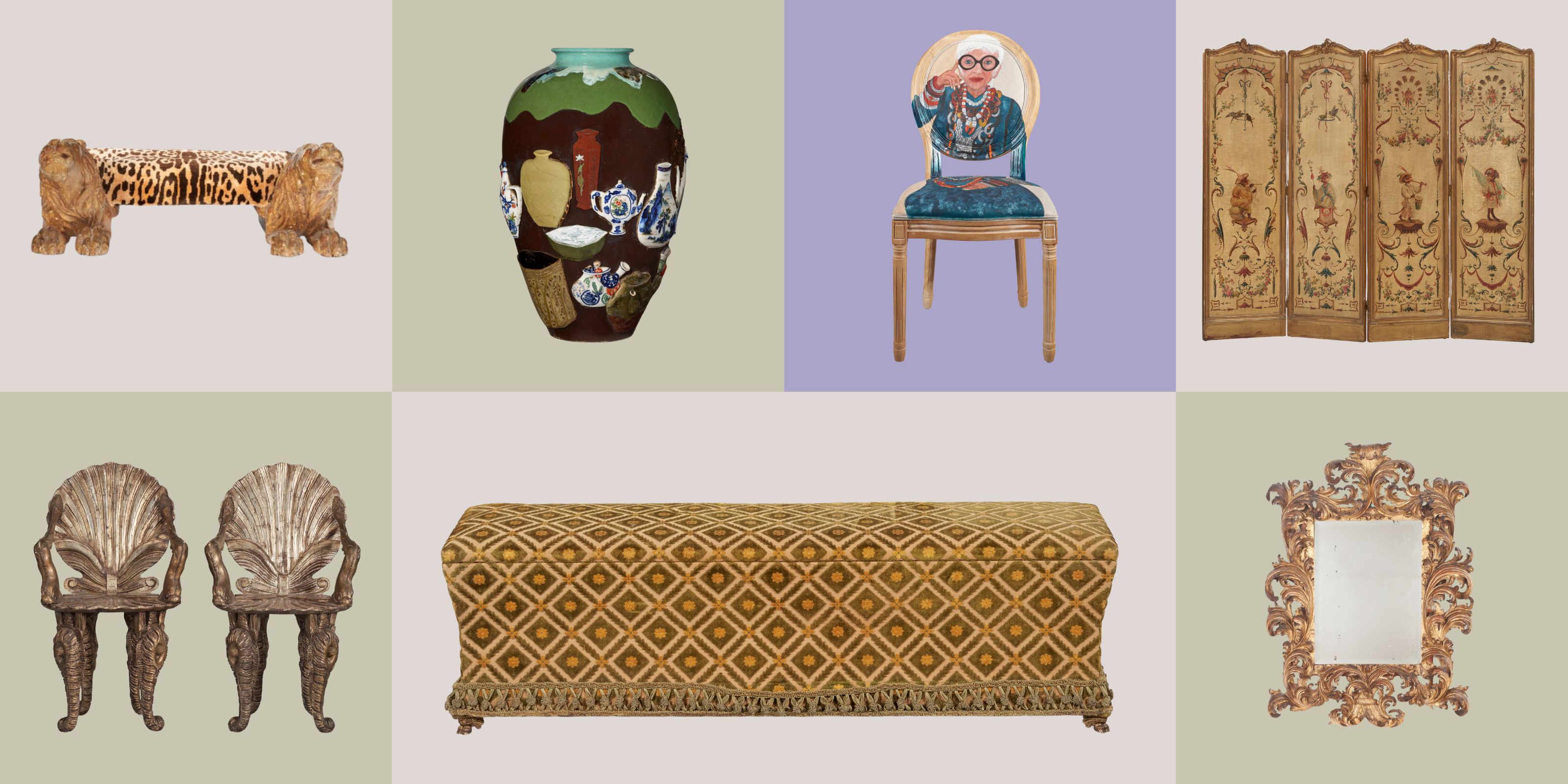 6 Beautifully Eccentric Things You Need to See From Design Icon Iris Apfel's Weird and Wonderful Estate Sale
6 Beautifully Eccentric Things You Need to See From Design Icon Iris Apfel's Weird and Wonderful Estate SaleThe late and great New York City designer was known for her eccentricities, and now you can be too
By Emma Breislin
-
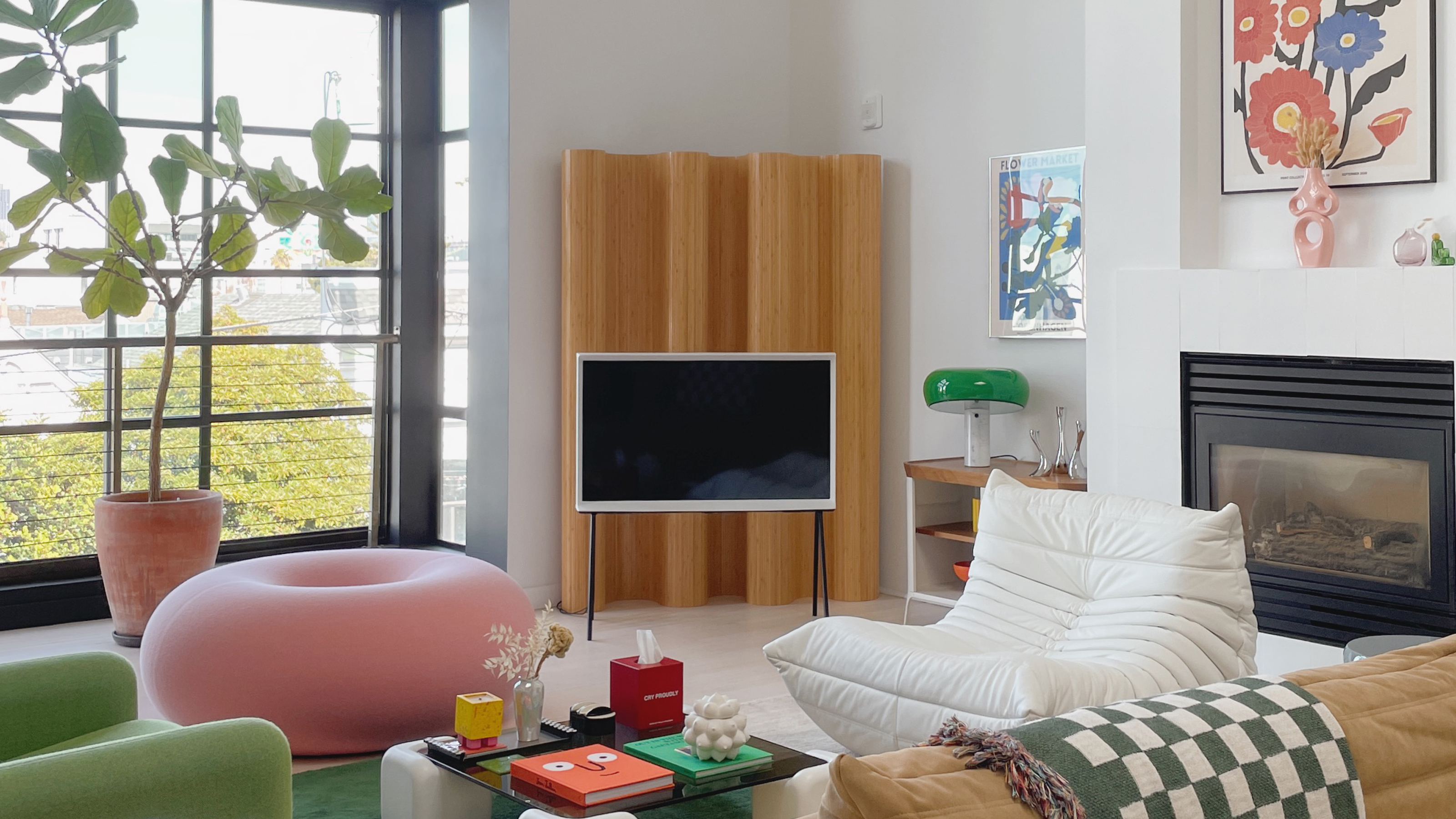 This Wavy Room Divider May Be Everywhere Right Now, but It's Actually an Iconic Design That Dates Back to the '30s
This Wavy Room Divider May Be Everywhere Right Now, but It's Actually an Iconic Design That Dates Back to the '30sRoll it up or let it wave, this wooden screen is reminiscent of a 1930s design and adds instant character to your room
By Olivia Wolfe
-
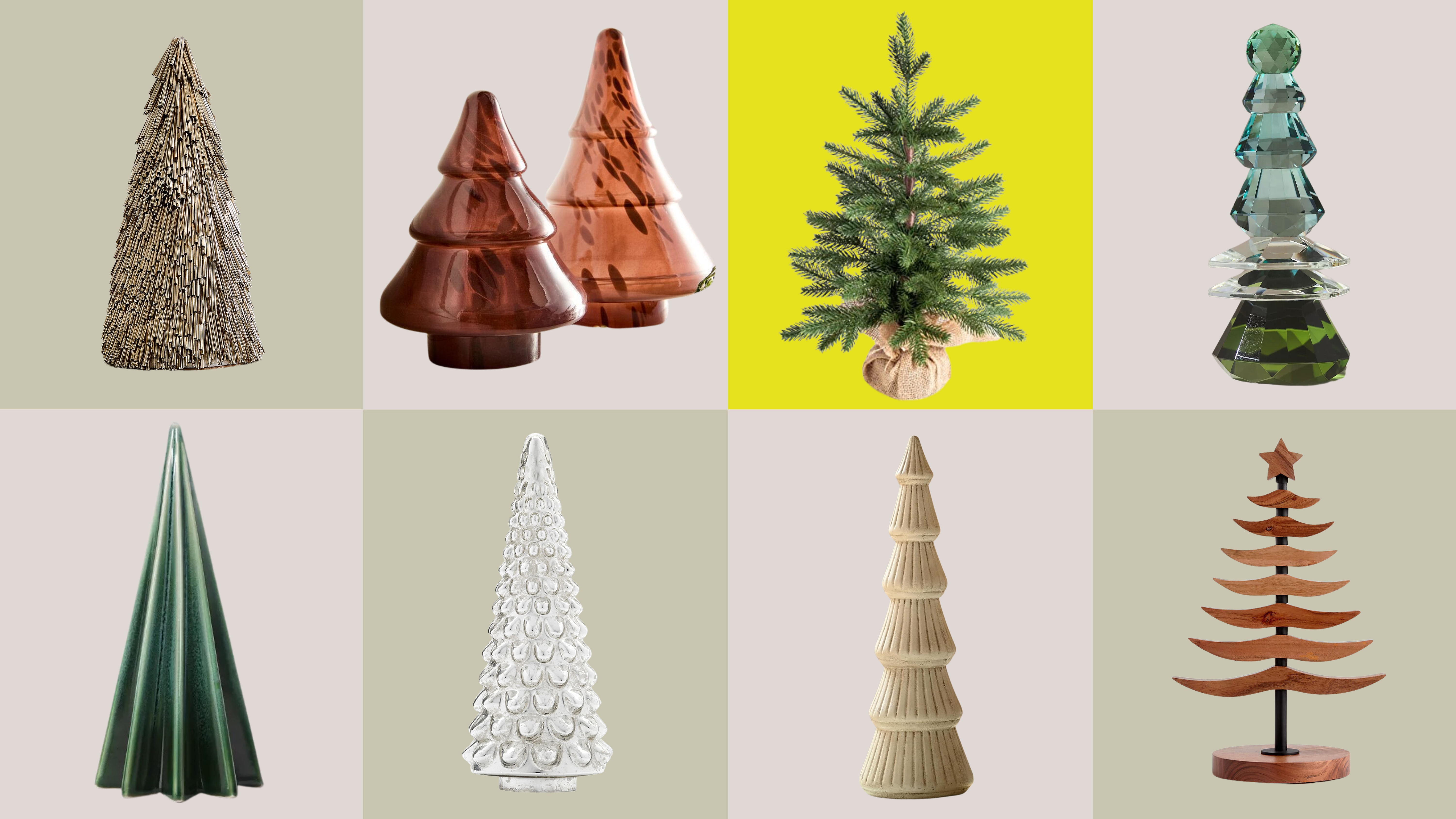 Micro Christmas Trees Are Having a Major Moment Right Now — These Are the 9 Best Table-Toppers to Shop
Micro Christmas Trees Are Having a Major Moment Right Now — These Are the 9 Best Table-Toppers to ShopBecause why have one big tree when you can have an entire forest of small Christmas trees?
By Olivia Wolfe